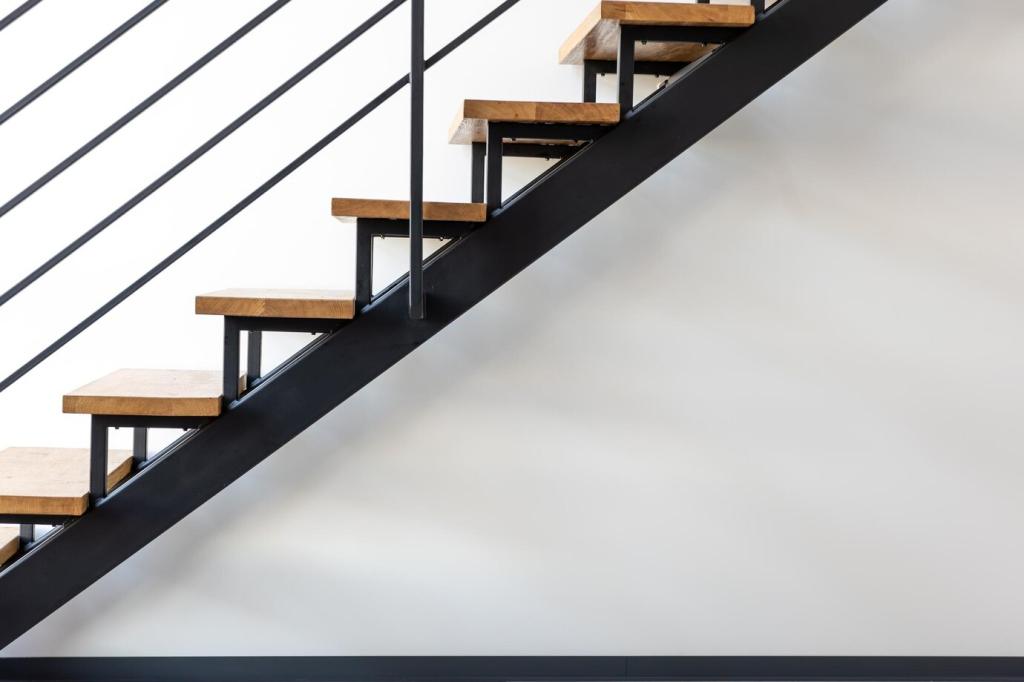Contemporary Facade Innovations: Intelligent Skins Shaping Tomorrow’s Cities
Material Breakthroughs for Smarter Skins
From UHPC to Ultra-Transparent ETFE
Ultra-high-performance concrete enables slender, sculpted panels that resist weathering while shrinking structural depth. ETFE cushions deliver remarkable clarity, minimal weight, and reversible construction, allowing daylight-rich spaces that feel airy and future-ready without sacrificing durability or creative freedom.
Graphene and Self-Cleaning Coatings
Graphene-enhanced coatings improve conductivity and durability, while photocatalytic layers help break down pollutants, keeping facades clearer for longer. The result is lower maintenance water use, better optics, and consistently high performance in polluted or coastal urban environments.
Bio-Based Composites and Circularity
Flax and hemp fiber composites, paired with demountable fixings, support circular design strategies. When panels are designed for disassembly, materials return to loops instead of landfills, aligning contemporary aesthetics with credible lifecycle responsibility and transparent environmental reporting.

Climate-Responsive Design and Energy
A ventilated cavity can act as a seasonal buffer, harnessing stack effect for cooling or insulation as needed. When coupled with occupant-friendly vents and blinds, double-skin facades blend measurable efficiency with real-world usability and delightfully calm interiors.
Climate-Responsive Design and Energy
Modern photovoltaic glass offers color options, patterning, and improved yields. On mid-rise offices with well-oriented façades, designers report practical payback periods, especially when electricity prices rise. Integration with shading and daylight targets creates performance synergies beyond energy alone.
Parametric and Generative Facade Morphologies
Solar radiation studies drive panel depth, perforation density, and spacing, ensuring cooling loads drop while skyline views remain. The best results happen when designers pair metrics with rigorous mockups and real occupants who validate comfort with candid feedback.
Kinetic Facades and Actuated Shading
Adaptive shading elements inspired by regional screens open and close in response to the sun, reducing heat gain and glare while preserving identity. The precedent shows how cultural memory and contemporary control systems can perform beautifully together.

Daylight, Views, and Wellbeing
Good facades balance visible transmittance with shading geometry so screens stay off during work hours. Daylight glare probability targets, early mockups, and honest occupant interviews prevent the all-too-common scenario of blinds permanently down and lights always on.




Performance, Fire, and Maintenance Realities
System selection should align with recognized standards and rigorous full-scale testing. Assemblies, cavities, and insulation all matter. Detail continuity carefully, and document performance so owners, authorities, and neighbors trust what the facade promises to deliver.
Performance, Fire, and Maintenance Realities
Hydrophilic or photocatalytic coatings reduce soiling, but reliable access remains essential. Plan anchors, rails, and maintenance swing stages early. The most beautiful facade is the one that remains safe, serviceable, and economically maintainable in real conditions.


Digital Twins and Smart Monitoring

Embedded temperature probes, displacement gauges, and irradiance sensors reveal how facades actually behave through seasons. Data turns hunches into decisions, guiding maintenance schedules, control setpoints, and targeted upgrades that extend service life responsibly.
